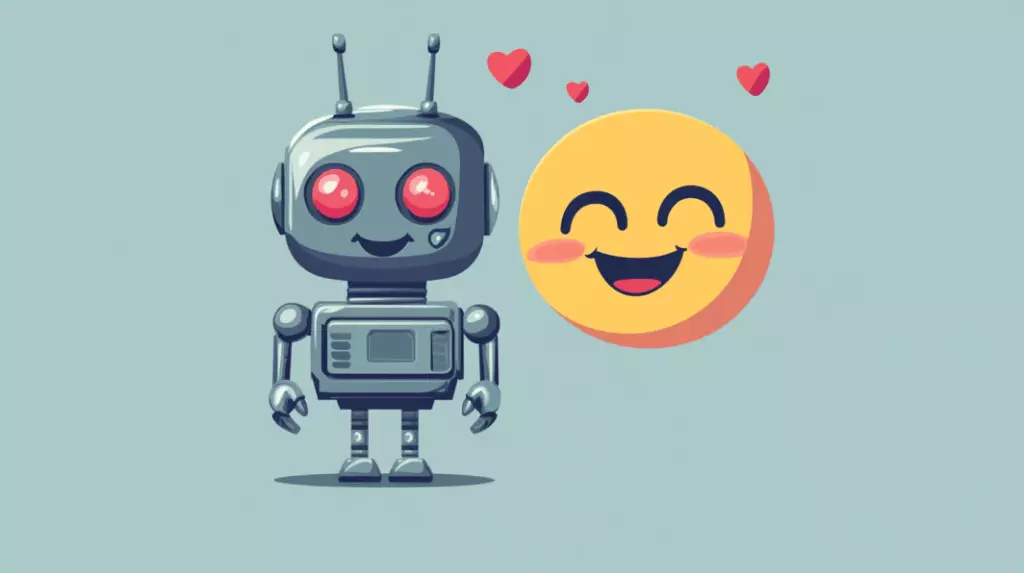The open-source AI powerhouse, Hugging Face, has made a bold move towards democratizing low-cost robotics by launching a detailed tutorial that guides developers in building and training their own AI-powered robots. This initiative, which builds upon the LeRobot platform released in May, aims to bring artificial intelligence into the physical world and revolutionize the field of robotics. Traditionally dominated by large corporations and research institutions with vast resources, robotics is now becoming more accessible to developers of all skill levels.
The tutorial, led by Remi Cadene, a principal research scientist at Hugging Face, emphasizes the concept of “end-to-end learning” in robotics, similar to how LLMs process text. By training neural networks to predict motor movements directly from camera images, developers can experiment with cutting-edge technology and explore practical applications of AI in robotics. The focus on real-world functionality and global accessibility sets this tutorial apart from traditional robotics development approaches.
Building Affordable Robotic Arms
Central to the tutorial is the Koch v1.1, an affordable robotic arm designed by Jess Moss. This version improves upon the original design by offering a simplified assembly process and enhanced capabilities. By providing a comprehensive bill of materials and detailed assembly videos, Hugging Face ensures that even beginners in robotics can successfully build their own AI-powered arm. This approach significantly reduces the entry barrier for robotics development and expands the reach of this technology to a wider audience.
Encouraging Data Sharing and Community Collaboration
One of the most innovative aspects of the tutorial is its emphasis on data sharing and community collaboration. Hugging Face provides tools for visualizing and sharing datasets, encouraging users to contribute to a growing repository of robotic movement data. This collaborative approach accelerates advancements in AI-driven robotics and fosters a sense of community among developers. The potential for shared datasets to improve AI capabilities and drive innovation is a driving force behind this tutorial.
The Roadmap for the Future of AI and Robotics
Hugging Face’s open-source approach to robotics technology not only democratizes access but also paves the way for a future of diverse applications and innovations. With the promise of more accessible robots on the horizon, such as the Moss v1 model, the cost of robotics technology is expected to decrease further, making it available to an even wider audience. This trend towards accessibility and affordability has the potential to reshape industries, create new opportunities, and change the way we interact with machines in our daily lives.
As industries increasingly turn to automation and AI to solve complex problems, the integration of AI with physical systems represents the next frontier of technological innovation. The ability to train robots to perform tasks autonomously based on visual inputs could have profound implications across various sectors, from manufacturing to healthcare. However, the democratization of robotics technology also raises important questions about work, privacy, and ethical considerations, which must be addressed as this technology evolves.
Hugging Face’s new tutorial signifies more than just a technical guide—it is a roadmap for the future of AI and robotics. By lowering barriers to entry, fostering community collaboration, and making AI-driven robotics more accessible, Hugging Face is leading the way towards a future where robotics technology is within reach for developers, entrepreneurs, and decision-makers. The impact of this initiative on industries and society will unfold in the coming months and years, but one thing is certain: Hugging Face has taken a significant step towards democratizing the future of robotics and AI.


Leave a Reply